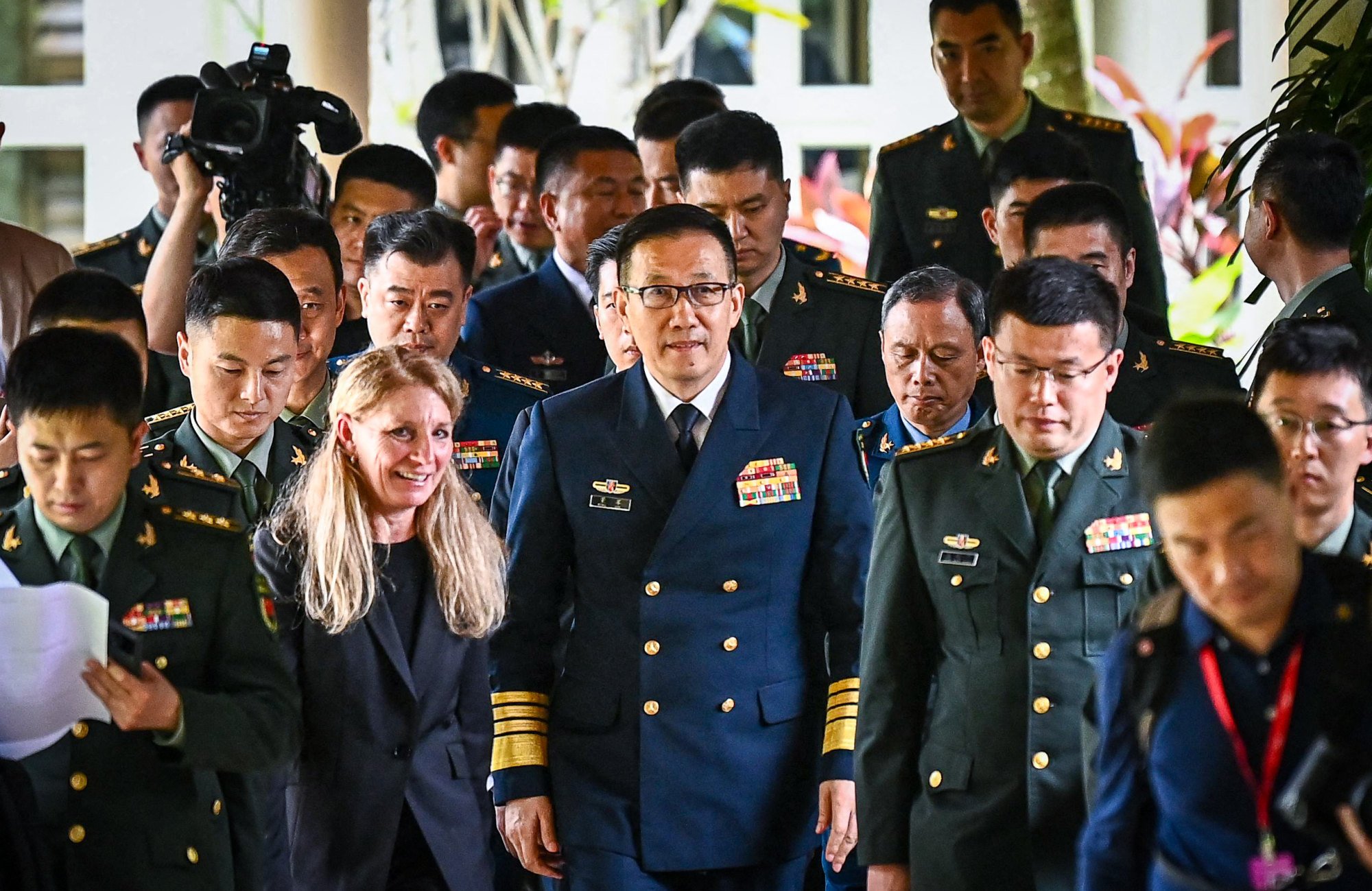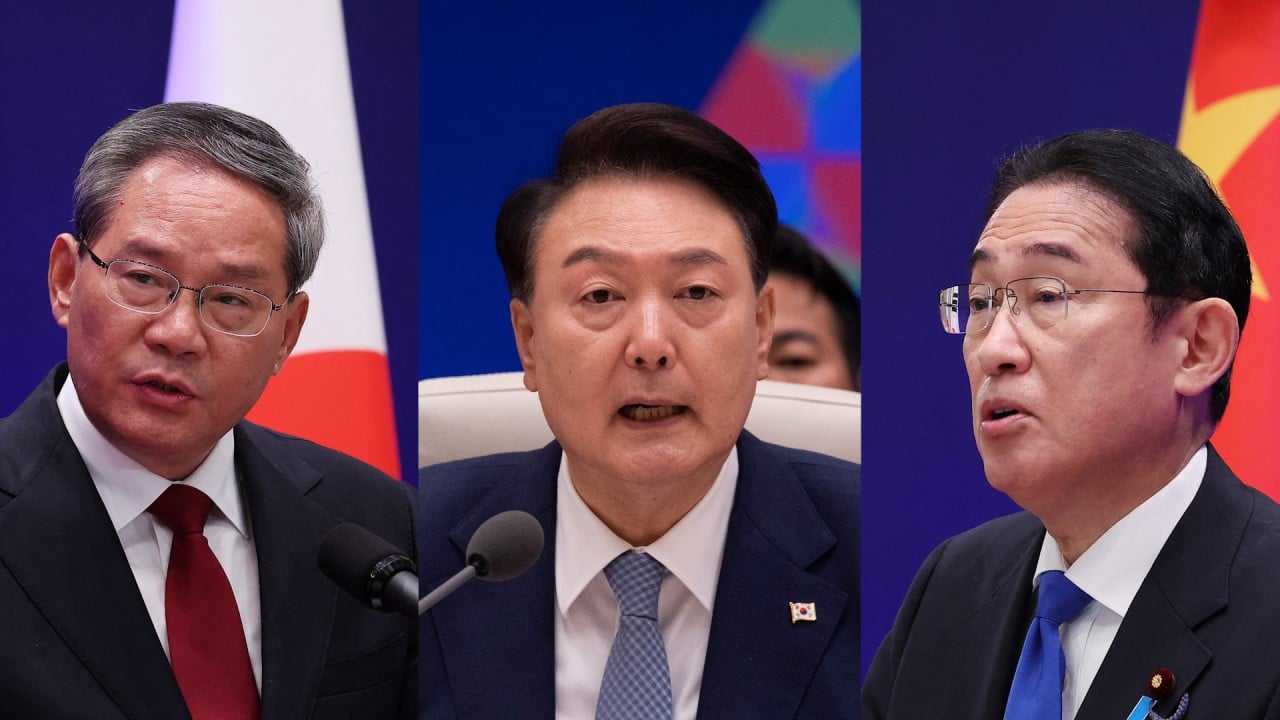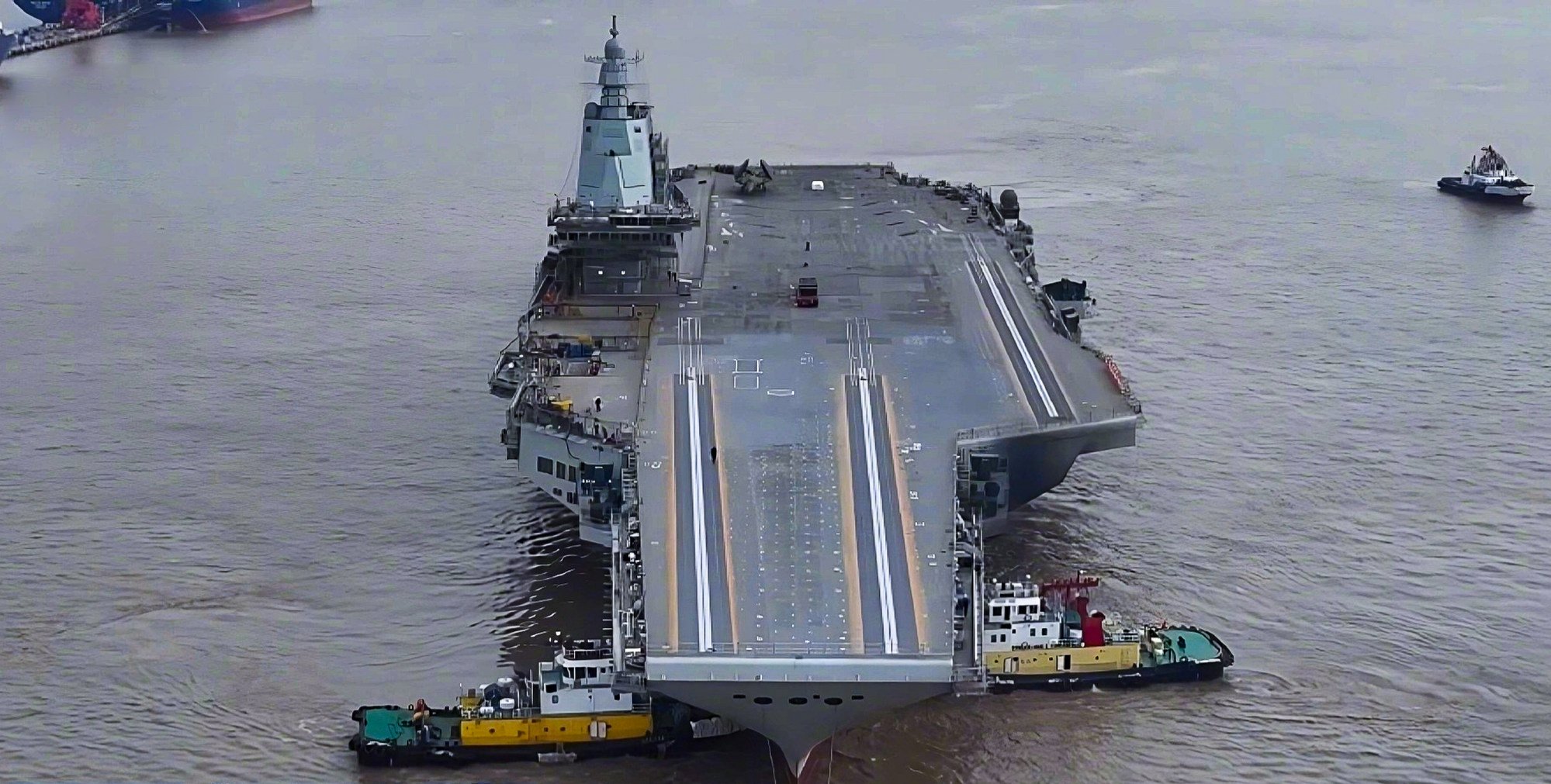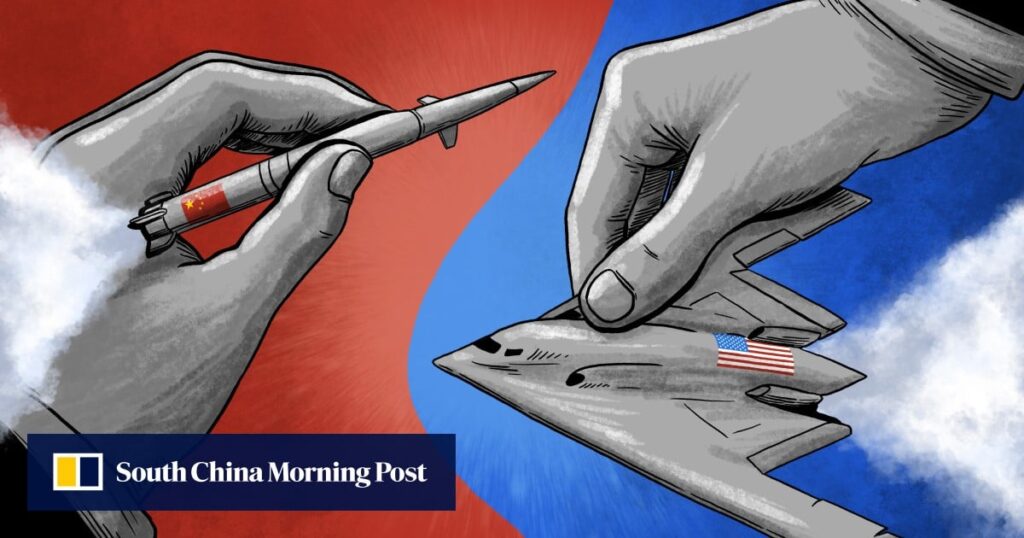Beijing conducted two days of joint military drills to blockade Taiwan after the island's new leader, William Lai Ching-te, took office in late May. Washington has expressed “deep concern” and reiterated its warnings about the People's Liberation Army's regional military buildup as Beijing steps up military drills near Taiwan.
Beijing considers Taiwan to be part of China and must unify it by force if necessary. The United States, like many other countries, does not recognize Taiwan as an independent country, but opposes any attempt to seize it by force and is legally obligated to provide Taiwan with weapons for its own defense. Optional cut ends
Timothy Heath, a senior fellow at the RAND Corporation think tank, said the gap between the two militaries is “narrowing” as China invests in military modernization and acquires new platforms and weapons.
Heath said China's defence industry was “robust” because it was largely state-owned, had strong ties to the central leadership and “ample” funding.
Meanwhile, he added, the United States is finding it increasingly difficult to provide the economic incentives needed to motivate the private sector to reach the “size and scale” of Chinese companies.
 Chinese Defense Minister Dong Jun (center) leaves bilateral talks with US Defense Secretary Lloyd Austin on the sidelines of the Shangri-La Dialogue in Singapore on May 31. Photo: AFP
Chinese Defense Minister Dong Jun (center) leaves bilateral talks with US Defense Secretary Lloyd Austin on the sidelines of the Shangri-La Dialogue in Singapore on May 31. Photo: AFP
According to the Department of Defense, China has become the world's leading shipbuilder by total tonnage, and over the past decade, the Chinese navy has surpassed the U.S. Navy in the number of combat vessels it has built.
A Congressional Research Service report released last October predicted that by 2030, the People's Liberation Army will have 440 ships, while the United States will have 290.
Senior U.S. Air Force officials have also said the PLA could become the world's largest air force, with more than 3,150 aircraft, excluding trainers and drones, compared with roughly 4,000 for the U.S. military.
While China continues to catch up in terms of air and naval power, “in terms of military presence in the Western Pacific, the two countries have basically reached a balance of power,” said Hu Bo, director of the South China Sea Strategic Situation Research Initiative, a Beijing-based think tank.
He said the outcome of a U.S.-China conflict in the Western Pacific “would be completely unpredictable” given the two countries' comparable conventional warfare capabilities.
But military commentator Song Zhongping said a rift would likely remain between China and the United States at least until 2027, the 100th anniversary of the founding of the People's Liberation Army.
“There is no doubt that the United States is the world's strongest military power, from conventional to nuclear weapons,” said Song, the former People's Liberation Army instructor, citing the U.S. military's 11 nuclear-powered aircraft carriers and advanced fighter jets.
China has begun sea trials of its third aircraft carrier, the Fujian, but has yet to build a nuclear-powered aircraft carrier.
The People's Liberation Army has struggled to overcome corruption amid reforms to the military, including the former commander of the nuclear weapons force, and a lack of combat experience dating back to 1979.
In contrast, the U.S. military maintains an “overwhelming advantage” in the quality of its “extremely well-trained and experienced” personnel, Heath said, adding that it also has an advantage in submarines and aircraft.
“Even if the PLA develops a highly trained workforce that can effectively use new weapons, that does not give it a 'trump card' against the U.S. military,” Heath said. “Military advantage at the start of a war does not guarantee victory.”
But Hu noted that the U.S. military's recent combat experience has always been “against the weak.”
“Compared to China, the capabilities required to deal with terrorism and adversaries like Iraq and Afghanistan are clearly different, so that experience is [conflicts with China] “I doubt it,” he said.

03:11
Mainland China begins blockade of Taiwan by People's Liberation Army three days after William Lai's speech
Mainland China begins blockade of Taiwan by People's Liberation Army three days after William Lai's speech
The Department of Defense's fiscal year 2025 budget request, released in March, included $4 billion worth of investments in the submarine industrial base.
The budget also includes funding for the development of the advanced Columbia-class ballistic missile submarines, scheduled to enter service in 2031. The ships are expected to have quieter electric engine systems and improved overall durability, and will replace the nearly 50-year-old Ohio-class submarines.
But some observers argue that Washington's efforts to strengthen alliances in the region are complicating the catch-up.
U.S. President Joe Biden held the first three-way summit with South Korean Foreign Minister Yoon Seok-youl and Japanese Foreign Minister Kishida Fumio at Camp David in August last year, and pledged to strengthen trilateral security cooperation, including regular joint military exercises.
In April, Biden and Kishida attended a new trilateral summit with Philippine President Ferdinand Marcos Jr. and expressed concern over China's “dangerous and aggressive actions” in the South China Sea.
Ramon Pacheco Pardo, professor of international relations at King's College London, said the US strategy of strengthening alliances and partnerships in East Asia and the Indo-Pacific gives it a “huge advantage” over Beijing, which has no “credible” allies in the region.
“This helps explain why China has been so critical of the US's deepening ties with countries such as South Korea and the Philippines, while Australia and Japan will toe the US policy no matter what,” Pacheco Pardo said.
“Their decision to work more closely with the U.S. is a problem for Beijing… It allows the U.S. to strengthen its military ties with a trusted partner, giving it more firepower in the event of a conflict.”

03:10
Trade, Taiwan to be discussed at tripartite summit between leaders of China, Japan and South Korea
Trade, Taiwan to be discussed at tripartite summit between leaders of China, Japan and South Korea
Washington is also seeking to strengthen cooperation with allies by sharing defense technology.
In April, the defense ministers of the United States, Britain and Australia said the three countries were considering expanding the second pillar of the Aukum security alliance to include like-minded partners, with reports naming Japan, South Korea, Canada and New Zealand as potential members of the technology-sharing pact.
Launched in 2021, Aukus has two main pillars: Pillar 1 will support Australia's acquisition of conventionally armed nuclear submarines, while Pillar 2 will focus on cutting-edge technologies such as quantum computing, artificial intelligence and hypersonic weapons.
Pacheco Pardo said the U.S. understands that Oak Pillar 2 requires cooperation with high-tech nations such as South Korea and Japan, but that from a political standpoint it “makes sense” to include other countries such as Canada and New Zealand.
“In this way, the United States will be able to create a very powerful minilateral, perhaps the strongest minilateral in the field of new military technologies in the Indo-Pacific,” Pacheco Pardo said.
“I think the gap between the U.S. and China is narrowing, thanks to Beijing's huge investments in new technology. Beijing will continue to close the military power gap with Washington, but given the U.S.'s own investments and current advantages, I think it will still take some time to fully catch up.”
“I think it's in the U.S. interest to work with allies and partners, especially both in the Indo-Pacific region and NATO. This is a big problem for China, which has a shortage of reliable high-tech partners.”
 China's third aircraft carrier, the Fujian, is equipped with an advanced electromagnetic catapult system. Photo: CCTV
China's third aircraft carrier, the Fujian, is equipped with an advanced electromagnetic catapult system. Photo: CCTV
President Xi has laid out plans to transform the People's Liberation Army into a fully modern military on par with U.S. forces in the Pacific by 2027, and to develop it into a “world-class” military by 2049, the 100th anniversary of the founding of the Communist Party.
To drive military modernization, President Xi pledged to “accelerate the development of unmanned and intelligent combat capabilities” in 2022.
According to the Stockholm International Peace Research Institute's (SIPRI) arms transfers database, China has exported more than 280 combat drones over the past decade, mainly to the Middle East, North Africa and South Asia.
To counter China's growing drone capabilities, the United States has launched the “Replicator” initiative, which aims to deploy thousands of military drones.
The unmanned aerial vehicles (UAVs) procured under the program were delivered to the U.S. military in May, according to Deputy Secretary of Defense Kathleen Hicks.
“The US is trying to catch up with China in small, expendable, swarming and AI-enabled drones,” said Costas Tigkos, head of mission systems and intelligence at Jane's, a global military intelligence company.
“China is investing heavily in these low-cost capabilities, which give it an advantage on the battlefield, especially against more expensive and complex conventional platforms,” Tigkos said.
Hu stressed that the two countries are “on the same starting line” when it comes to the military use of emerging technologies such as artificial intelligence, and said, “It is still unclear which is stronger and which is weaker.”
Beijing has an advantage over Washington in hypersonic missile systems: Only two countries, China and Russia, deploy such weapons. Beijing's DF-17 is a medium-range missile system with a hypersonic glide vehicle that has been in service since 2019.
China's annual report on military power released in October said Beijing possesses “the world's leading hypersonic weapons” and has made great strides in hypersonic missile technology over the past two decades.
“China's hypersonic missiles are among the most advanced in the world, reflecting the long-standing strength of China's ballistic missile program,” Heath said.
“The U.S. has fallen behind China because it has not prioritized missiles. It has relied on aircraft and forward-deployed forces to perform similar functions, such as long-range strikes and bombing.”



